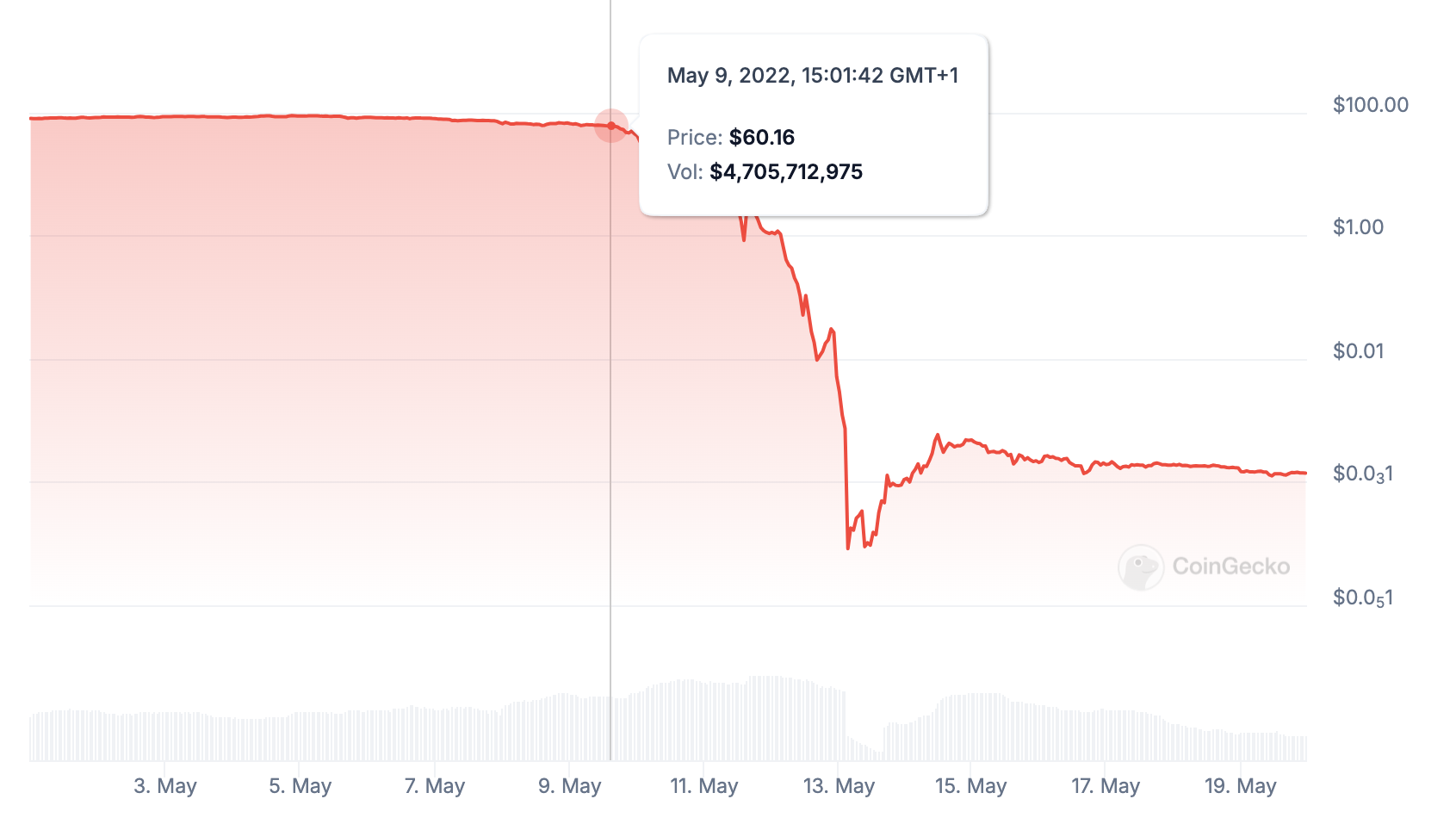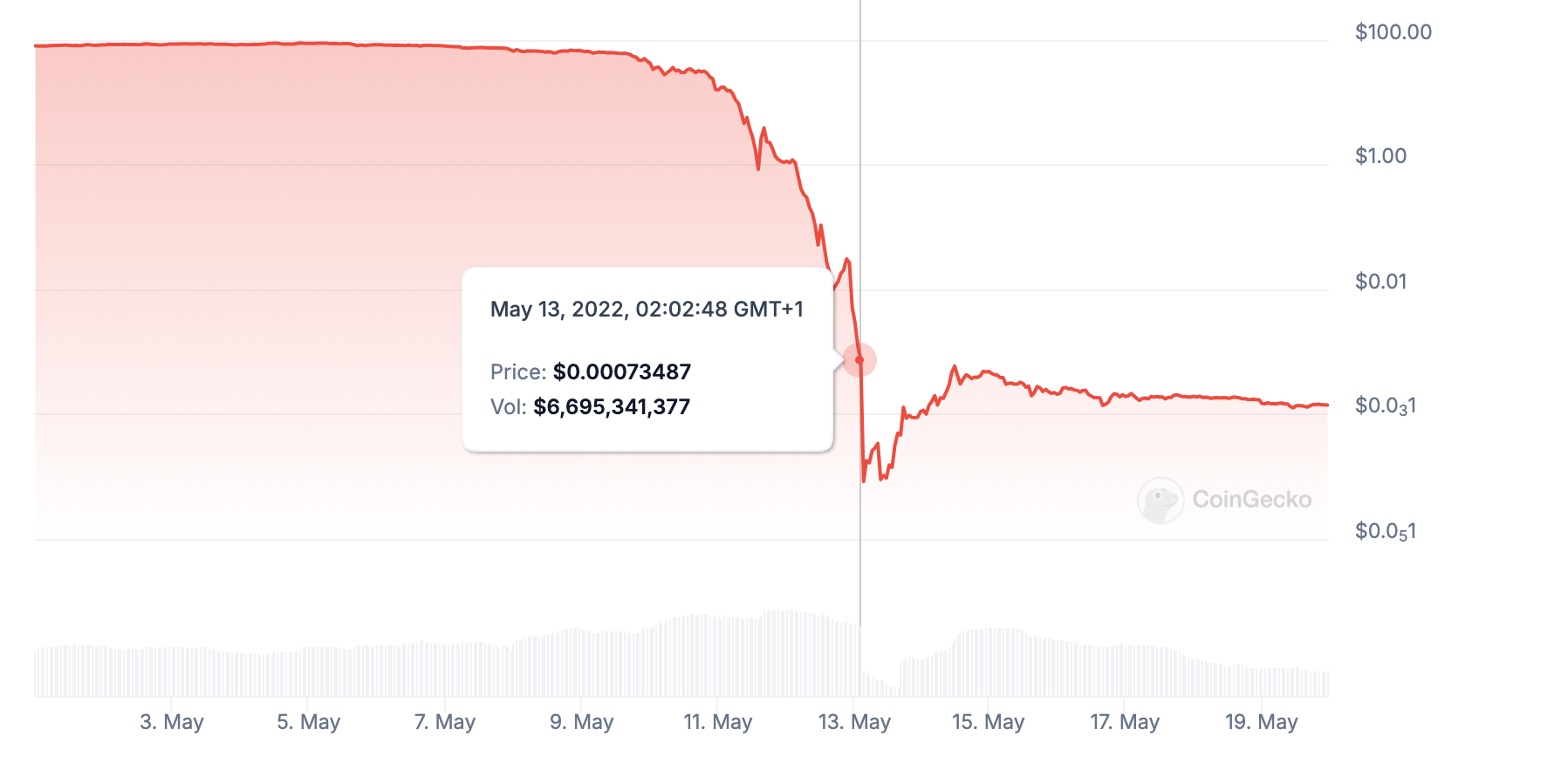Falling Knife
A falling knife is a term used in finance to describe a rapid and often steep decline in the price of a stock or other asset. This sharp drop can happen over a short period and can be triggered by various factors. The metaphor implies that attempting to catch a falling knife is dangerous and suggests that investors should wait for the price to stabilize before making a move.
Table of contents
What is a Falling Knife?
The term “falling knife” is used to describe the danger of attempting to buy an asset that is experiencing a steep downward trend. The advice is to avoid trying to “catch” it, as it is risky and can result in financial injury, similar to trying to catch a knife in freefall.
Some Causes of Falling Knives
Several factors can cause a stock or asset to become a falling knife, including:
- Negative Earnings Reports: Poor financial performance or earnings reports can lead to a loss of investor confidence and a sharp drop in the prices of cryptocurrencies.
- Economic Downturns: Economic recessions or negative economic indicators can cause widespread declines in asset prices.
- Market Sentiment: Negative news, rumors, or market sentiment can lead to panic selling.
- Geopolitical Events: Wars, political instability, or significant geopolitical events can trigger sudden declines in asset prices.
- Regulatory Changes: New regulations from the Securities and Exchange Commission or legal issues can adversely affect specific industries or companies, leading to sharp declines.
- Technological Changes: Technological disruptions can make certain industries or companies less competitive, leading to a rapid decline in their stock prices.
The images below are the charts showing the downward trend of the Luna token in 2022.

Buying the Luna token when it dipped at $60.16 might look like a good opportunity but it fell to ~ $0.00073 after four days.

Source: Coingecko
What are the Risks associated with Falling Knife?
Investing in a falling knife carries significant risks:
- Further Declines: The asset may continue to drop further after an initial decline, leading to substantial losses.
- Volatility: Falling knives often come with high volatility, making it challenging to predict price movements.
- Market Timing: Timing the market correctly to buy at the bottom is extremely difficult and risky.
- Emotional Decisions: The fear and uncertainty associated with falling knives can lead to poor investment decisions driven by emotions.
Examples of Falling Knife Events
The following are examples of some of the popular
- Dot-com Bubble (2000-2002): Many technology stocks saw precipitous drops after the dot-com bubble burst.
- 2008 Financial Crisis: Major financial institutions and a wide range of stocks experienced sharp declines.
- COVID-19 Pandemic (March 2020): Global stock markets plummeted due to fears and uncertainties surrounding the pandemic.
What are some Strategies Traders use in a Falling Knife Market?
Strategies Traders Use in a Falling Knife Market
1) Shorting the Falling Knife:
- Short Selling: Betting that the stock price will continue to decline. This involves borrowing shares to sell at the current high price and buying them back at a lower price.
- Put Options: Purchasing put options gives the trader the right to sell the asset at a predetermined price, benefiting from further declines.
2) Buying after the Falling Knife:
- Bottom Fishing: Investors look for signs that the asset has reached its lowest point and begin to buy, hoping for a rebound.
- Dollar-Cost Averaging: Gradually buying more of the asset at regular intervals, regardless of its price, to reduce the average cost per share over time.
- Value Investing: Identifying fundamentally strong companies that are undervalued due to market overreactions and buying them for long-term gains.
Key Takeaway
Catching a falling knife is inherently risky and can lead to significant financial losses. It is crucial for investors to carefully analyze the reasons behind the price decline, assess their risk tolerance, and consider using well-thought-out strategies to manage potential risks.
Browse the Paybis Glossary to master more web3 lingo!
Alternatively, explore related terms and articles below.
Disclaimer: Don’t invest unless you’re prepared to lose all the money you invest. This is a high‑risk investment and you should not expect to be protected if something goes wrong. Take 2 mins to learn more at: https://go.payb.is/FCA-Info


